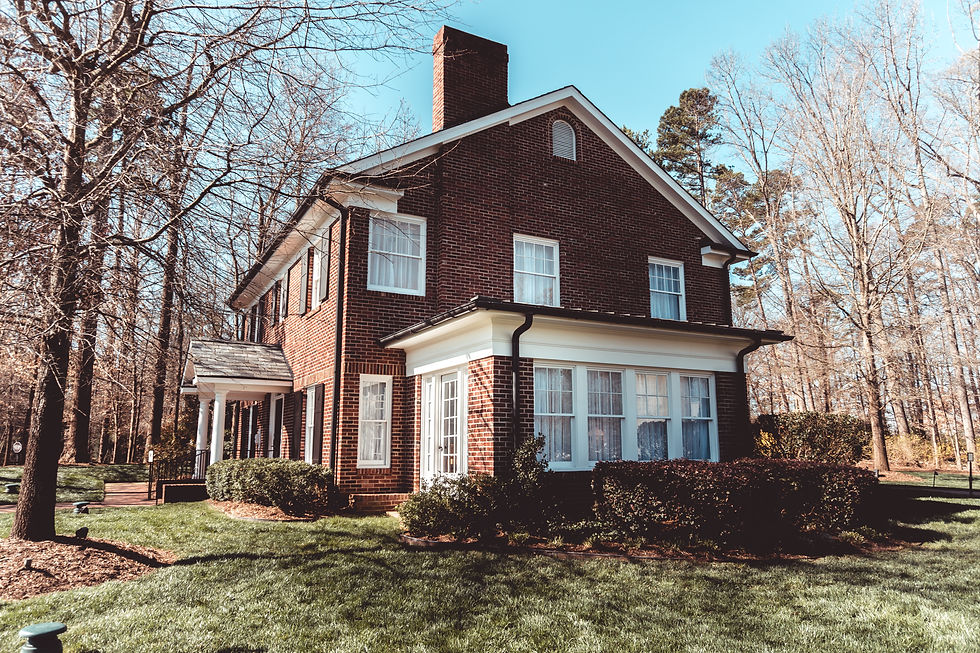Blown In Insulation or Batts: Which One Should You Choose? 🏡
- Riley Thorne

- Sep 9
- 2 min read
Insulation isn’t just about comfort—it’s about saving money, preventing drafts, and protecting your home long-term. The big question most homeowners face is whether to go with blown in insulation or batts.
The right insulation can cut energy bills by up to 20% while keeping your home more comfortable year-round.

Why Insulation Choice Matters
Insulation isn’t just about comfort—it’s about saving money on energy bills and extending the life of your HVAC system. A poorly insulated home leaks heat in the winter and cool air in the summer, making your system work harder.
Good insulation can reduce energy bills by up to 20%, making it one of the most cost-effective upgrades you can do.
Blown In Insulation or Batts: Key Differences
Here’s a quick breakdown of how the two stack up:
Feature | Blown In Insulation | Batt Insulation |
Installation | Blown into cavities with special equipment | Rolled out in pre-cut sheets |
Best For | Attics, irregular spaces, retrofits | Walls, floors, new construction |
Air Seal | Fills gaps better, fewer leaks | May leave small gaps if poorly fitted |
R-Value (per inch) | Comparable to batts | Comparable to blown in |
Cost | Slightly higher upfront | Budget-friendly |
DIY Friendly | Requires professional or rental equipment | Easier for DIY projects |
Pro Tip: If your attic has odd shapes or tight corners, blown in insulation will give you better coverage than batts.
When to Use an Insulation Blanket for Walls
Sometimes, neither blown in nor batts is ideal. An insulation blanket for walls—large rolls or blankets of fiberglass or mineral wool—can be effective in large, open wall cavities.
These are most commonly used in new builds or remodels where the walls are open and easy to access.
Why Spray Foam Insulation in Crawl Space Is Different
If your concern is a crawl space or basement, you’ll want to think beyond blown in and batts. Spray foam insulation in crawl space areas provides both insulation and an air barrier, sealing off moisture and reducing mold risk.
While spray foam is more expensive, it’s one of the best solutions for damp or hard-to-reach crawl spaces.
FAQ: Choosing the Right Insulation
Which is better, blown in insulation or batts?
Blown in insulation covers irregular spaces better, while batts are easier and cheaper for standard walls and floors.
Is an insulation blanket for walls effective?
Yes, it works well in open-wall construction but is less practical for retrofits.
Why consider spray foam insulation in crawl space?
Because it seals against air and moisture while insulating—something batts and blown in can’t do as effectively in damp spaces.
Can I install insulation myself?
Batt insulation is DIY-friendly, but blown in and spray foam typically require professional installation.
Which option is most energy efficient?
They have similar R-values, but blown in or spray foam provide a better seal against leaks.
Conclusion
So, which is best—blown in insulation or batts? If you’re working with a standard wall or open construction, batts are budget-friendly and easy to install. If your space is irregular, like an attic, blown in insulation provides better coverage. For unique needs, consider alternatives like an insulation blanket for walls in open-wall construction, or spray foam insulation in crawl space areas where moisture is a concern.
At the end of the day, the right choice depends on your home’s layout, climate, and budget. ✅



Comments